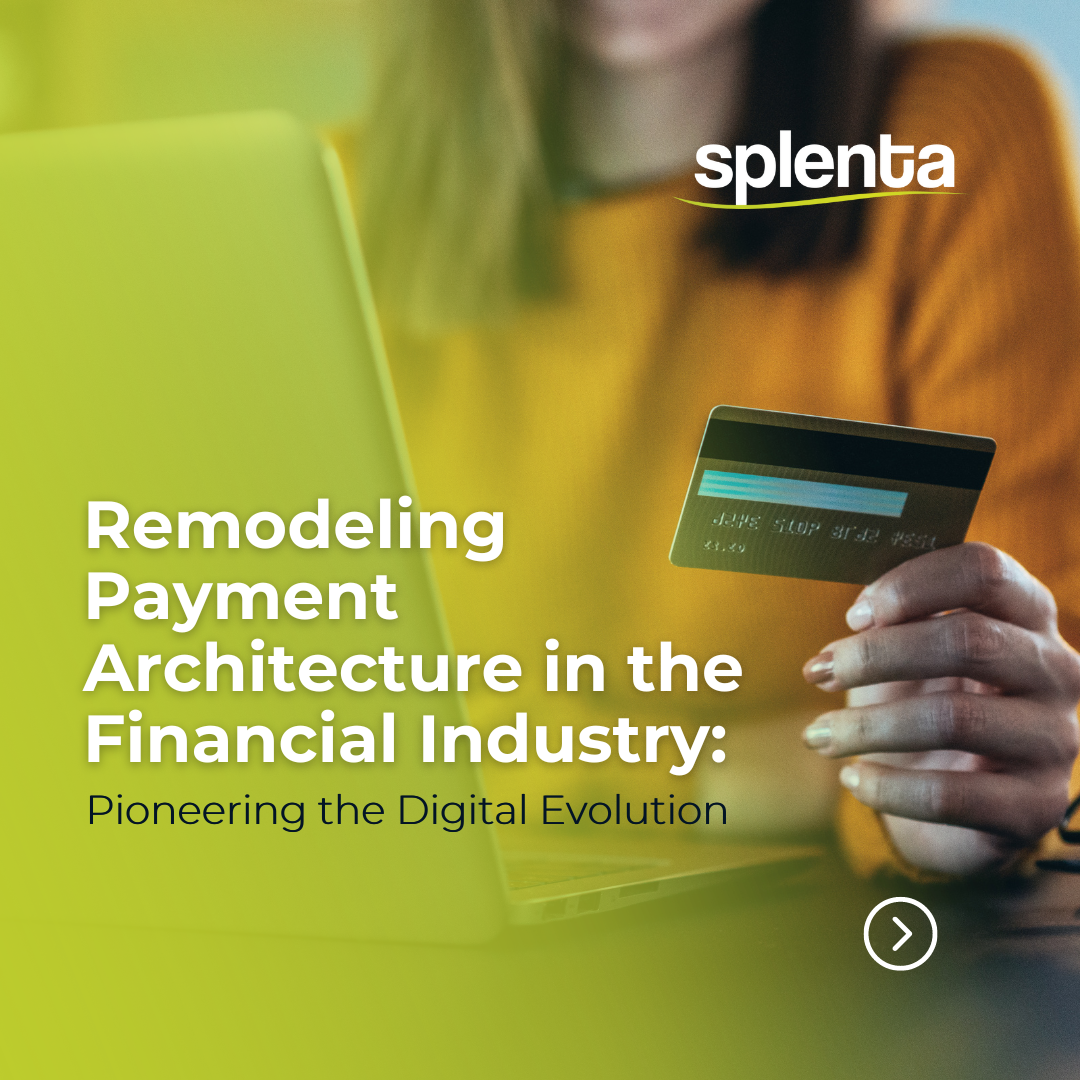Remodelling Payment Architecture in the Financial Industry: Pioneering the Digital Evolution
By Parthasarathy Y
August 31, 2023

Revolutionizing Financial Transactions: Unveiling the Future through Remodelled Payment Architecture
In the dynamic and ever-evolving landscape of the financial industry, remodelling payment architecture has emerged as a paramount initiative. As the digital revolution continues to reshape the way transactions occur, organizations are faced with the imperative to modernize their payment systems to ensure security, efficiency, and customer satisfaction. This comprehensive transformation encompasses various facets, from real-time processing and enhanced security measures to the utilization of cloud technology. Let’s delve deeper into this transformative journey and uncover the layers of remodelling payment architecture.
Embracing Real-Time Processing for Instant Gratification
In the era of instant messaging and on-demand services, the demand for real-time transaction processing is higher than ever before. Traditional batch processing systems, which cause delays in transaction settlement, are no longer aligned with the expectations of digital customers. Remodelling payment architecture involves transitioning from these batch-based systems to real-time processing.
Real-time processing offers the advantage of instant payment settlement. This aligns perfectly with the desire of digital consumers for immediate transaction confirmation. Whether it’s a person-to-person transfer or a business transaction, the ability to see the payment processed in real time enhances transparency and fosters trust between parties.
The Power of Data-Rich Messaging
Enhancing transparency and reducing errors are key drivers of payments modernization. Data-rich messaging formats provide a holistic view of each transaction, incorporating not only transaction details but also contextual information and compliance-related data. This comprehensive approach not only reduces the chances of errors but also empowers organizations to better detect and prevent fraud.
Incorporating extensive data into payment messages facilitates accurate transaction reconciliation and audit trails. This level of detail improves compliance with regulatory requirements, further fortifying the integrity of the payment ecosystem.
Unifying through Industry Standards
Modernization efforts also involve adopting and adhering to new industry standards. These standards ensure interoperability and connectivity between different payment systems, resulting in smoother cross-border transactions and a globally interconnected payments network. Embracing common standards simplifies the complexity of international transactions, reducing friction and enhancing the overall efficiency of the payments landscape.
Cloud Technology: The Cornerstone of Transformation
Cloud technology has emerged as a pivotal force in the remodelling of payment architecture. Its scalability, flexibility, and cost-effectiveness make it a perfect fit for handling the demands of modern payment processing. The elasticity of cloud platforms allows organizations to dynamically scale their infrastructure based on transaction volumes, ensuring optimal performance during peak times and cost savings during lulls.
Cloud-based solutions also empower organizations with the computational power required for real-time processing. They can handle a high volume of transactions simultaneously, ensuring seamless and efficient payment processing. The cloud’s integration with data analytics and machine learning applications opens the door to insights-driven decision-making. Machine learning, in particular, can detect patterns, optimize payment routing, and heighten fraud detection capabilities.
Streamlining Operations for a Competitive Edge
Streamlining processes and reducing operational complexity are inherent benefits of payments modernization. Cloud technology, with its automation capabilities, is a game-changer in this regard. Routine tasks can be automated, reducing the risk of human error and freeing up resources for strategic endeavors. This streamlined approach not only enhances operational efficiency but also paves the way for innovation and growth.
Navigating the Competitive Financial Landscape
In the midst of a competitive and rapidly changing financial landscape, payments modernization isn’t just an option; it’s a necessity. Organizations that embrace this transformation can deliver real-time payments, elevate customer experiences, and optimize costs. These factors collectively contribute to a competitive edge, enabling companies to attract and retain customers in an increasingly competitive industry.
Conclusion
The journey of remodelling payment architecture encompasses a series of strategic shifts, from real-time processing and data-rich messaging to cloud technology integration and streamlined operations. As technology continues to advance and customer expectations evolve, organizations that prioritize payments modernization position themselves at the forefront of innovation. This multifaceted approach not only ensures efficient, secure, and compliant payment systems but also empowers businesses to thrive in an ever-changing digital landscape. With remodelling payment architecture as the cornerstone, the financial industry is poised to navigate the future with confidence and agility.
